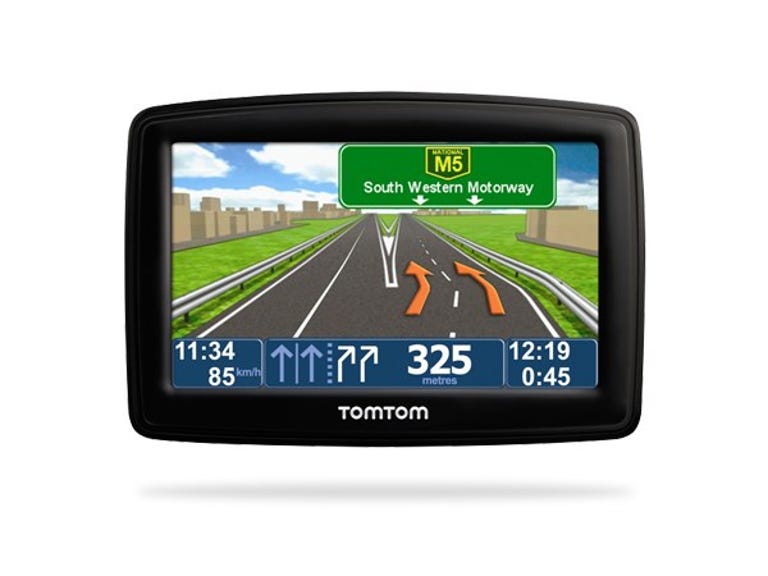 Why You Can Trust CNET
Why You Can Trust CNET TomTom XL 250 (2013) review: TomTom XL 250 (2013)
TomTom's budget GPS offers simple navigation if that's what you're after, but you'll need some patience to go with it.
The TomTom XL 250 sits at the bottom of the pile these days when it comes to TomTom's GPS offerings, and it's rather obvious at a glance. When we first encountered the XL 250 in 2010, it was a nice, simplified GPS product, but it has now shifted down the ranks to become TomTom's entry-tier product. There's the 4.3-inch 480x272-pixel-resistive touchscreen that displays the older TomTom navigation system, although not that well in bright sunlight.
The Good
The Bad
The Bottom Line
The XL 250 is connected up to a flat disc that serves as the XL 250's screen mount. It's a mixed offering; on the one hand, we can appreciate how it makes stowing the XL 250 away when you're done with it easier. On the other hand, attaching it to your car windscreen can be a definite chore, and one fraught with the peril of it coming unstuck while you're hurtling along at 110kph. That's not a desirable activity for a GPS unit, all things considered.
Performance
The first time we switched on the TomTom XL 250 we waited for it to get its first taste of a GPS signal.
Then we waited some more.
Waiting, waiting, waiting. Finally, after a longer-than-usual seven minutes, it announced it had found enough satellites to actually start navigating. It's normal for a system to have some issues with GPS lock the first time it powers up, but that kind of experience was par for the course throughout our testing time with the XL 250.
It's slow to get a lock, and it's pretty slow to detect when you've wandered off track, as well. It's also slow to recalculate, so much so that on several occasions we were able to zip past some sensible rerouting options before it had finished actually thinking about them.
The older navigation map style on the XL 250 is to be expected. If you want the premium map look, you've got to opt for a more pricey unit, such as the TomTom Go600. It's possible to buy upgraded maps for the XL 250 — you're promised one single "fresh" map update out of the box — but the UI will remain the same throughout its life. Map data is via Sensis, and like every other GPS you can buy, it still has its blank spots when it comes to roads, rules and speed limits. It's still wise to keep your eyes on the road and use the GPS as a complement to the existing road signs and regulations, not a replacement for your brain.
Conclusion
The XL 250 sits in a very difficult spot indeed. Like the similarly priced Garmin Nuvi 52, it's intended as a "budget" offering, but it's one that has to compete not only with smartphone GPS apps that cost less and can do a little bit more given the quality of smartphone screens, but also with the upper tier of premium GPS units that have seen price crashes over recent years.
If you do want and need a GPS on a regular basis, it's fast becoming apparent that it's worth spending the little bit extra for a full-fat GPS solution rather than skimping and getting something that's less than optimal. The XL 250 isn't terrible; it's merely average and less than you'd hope for the price.


